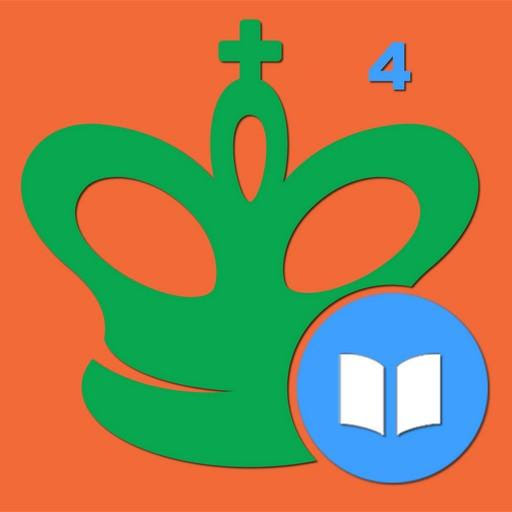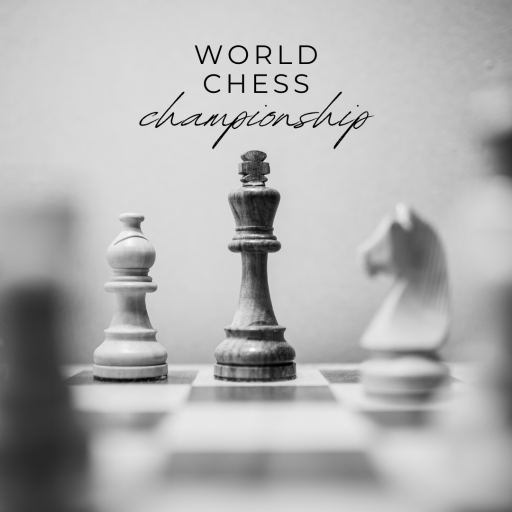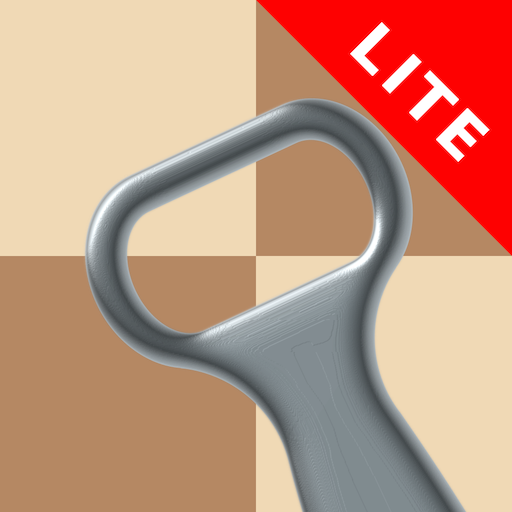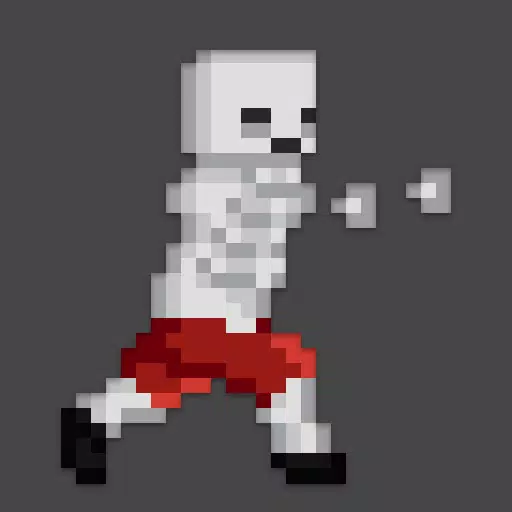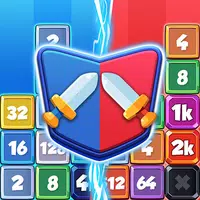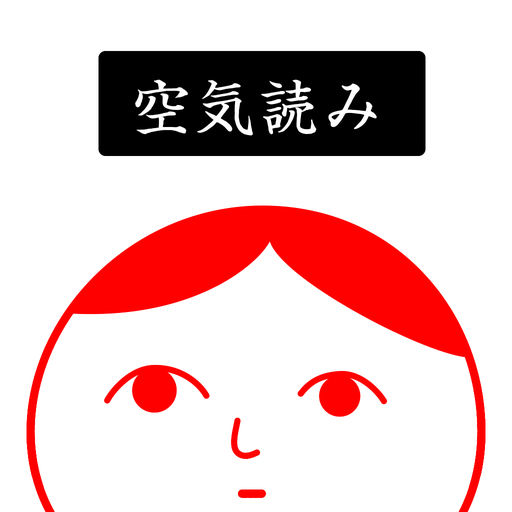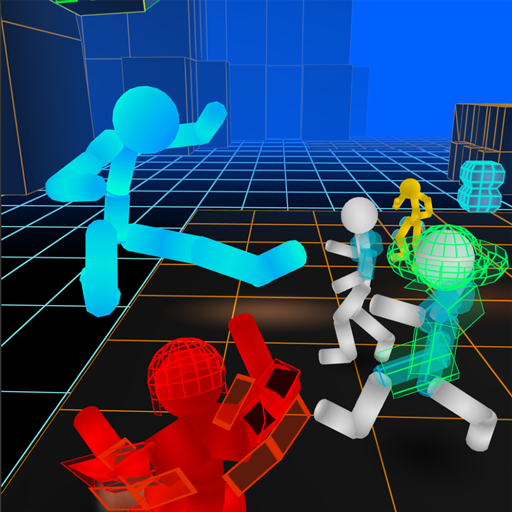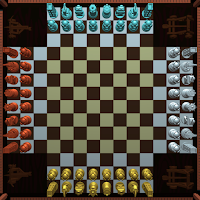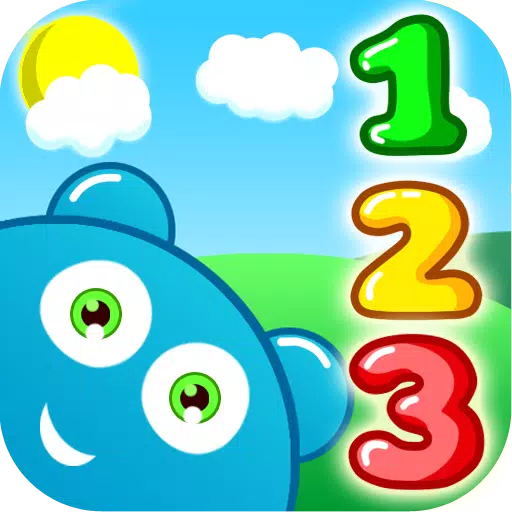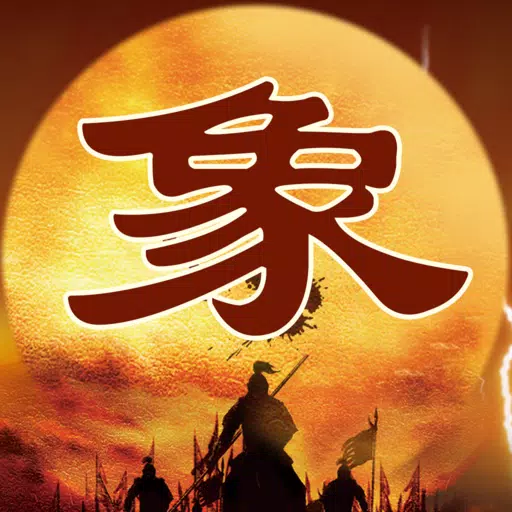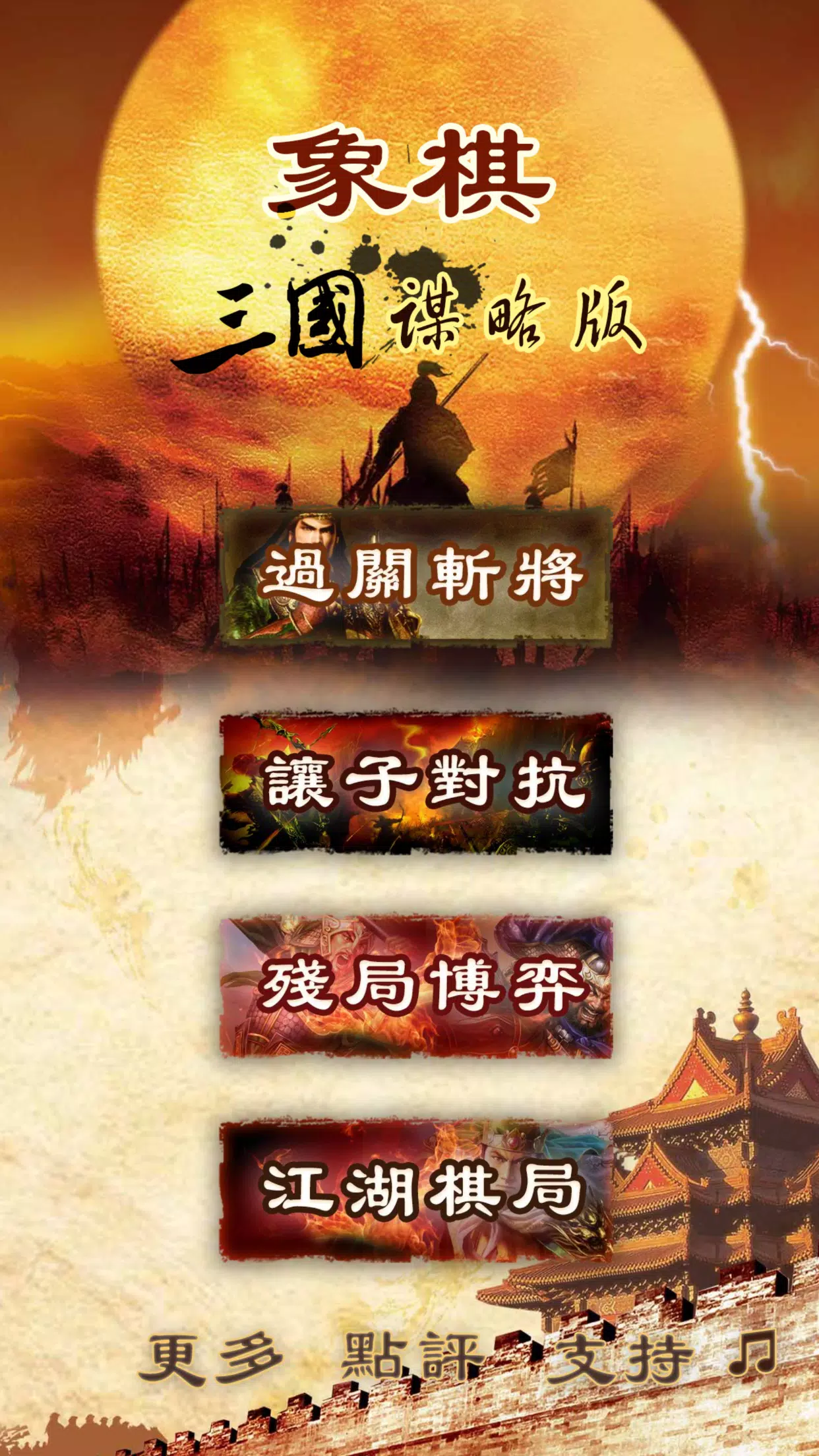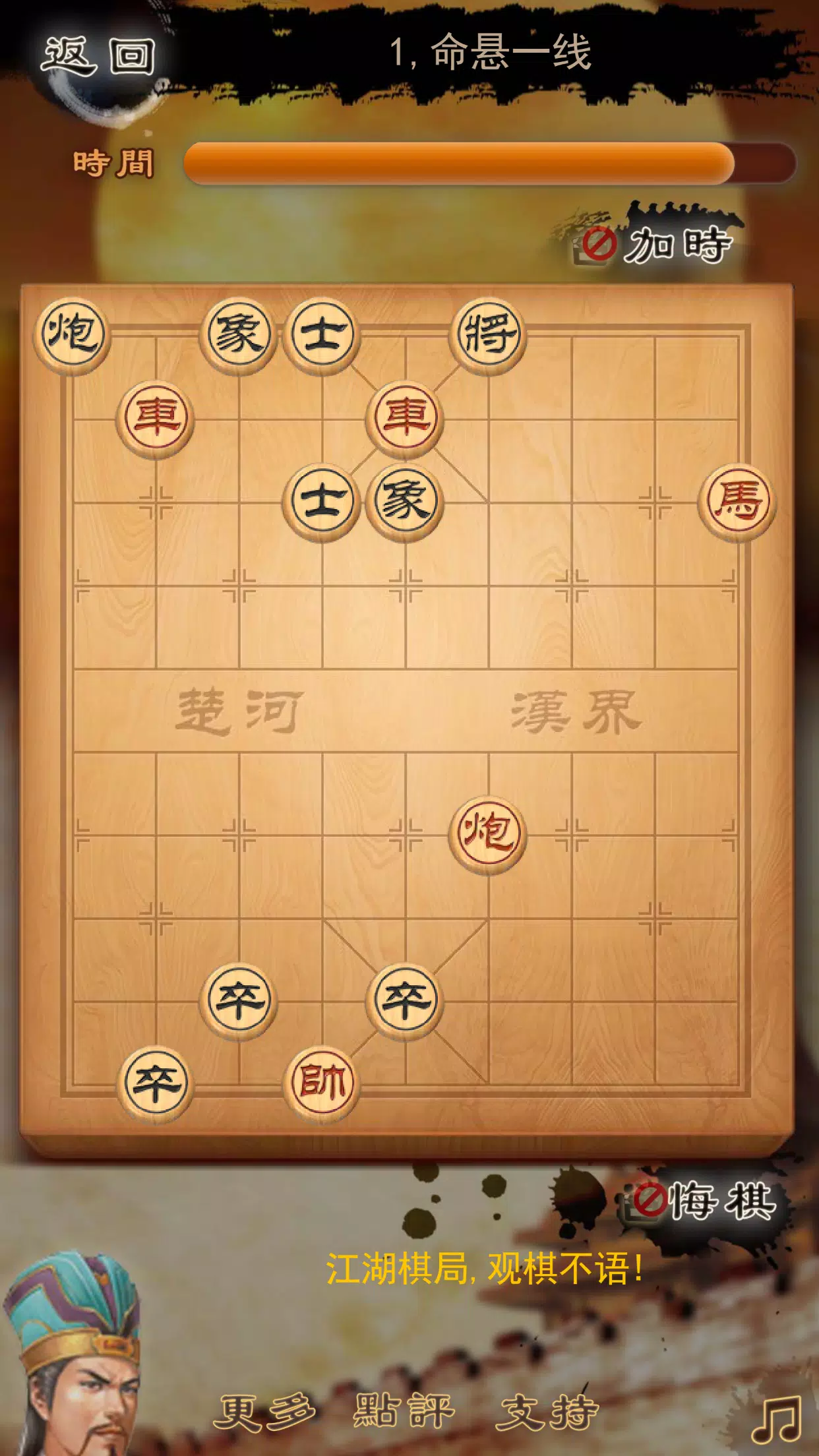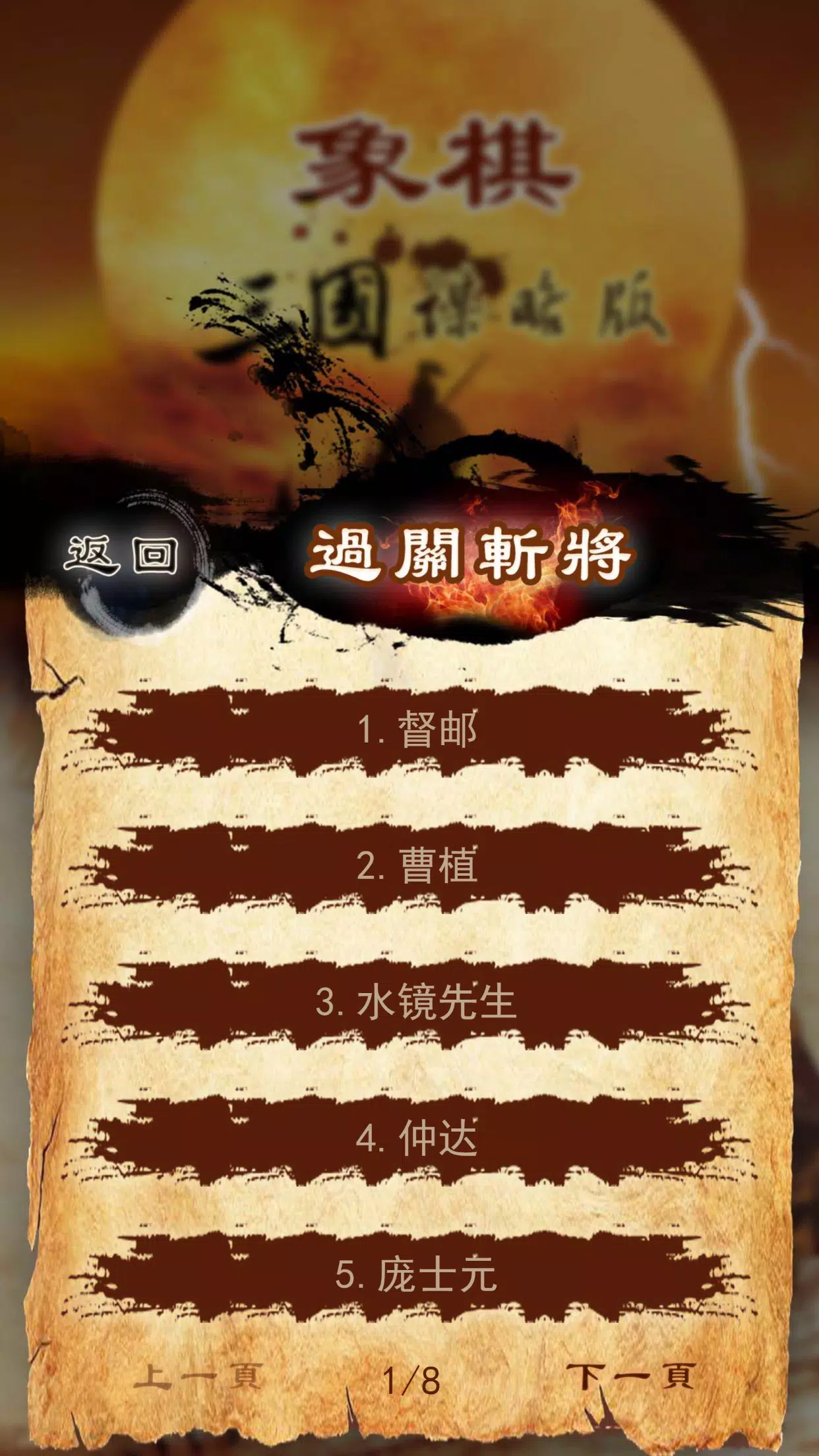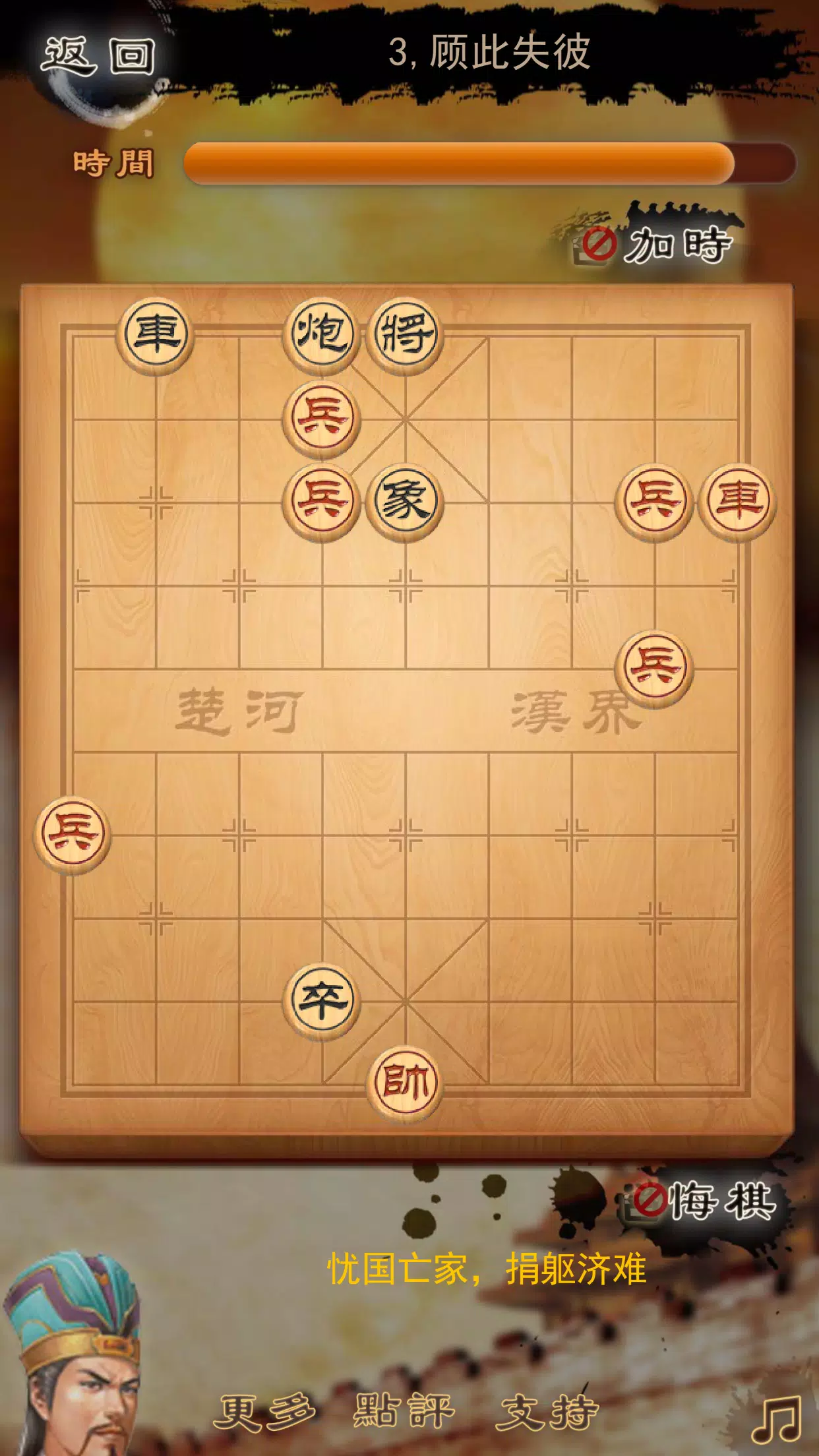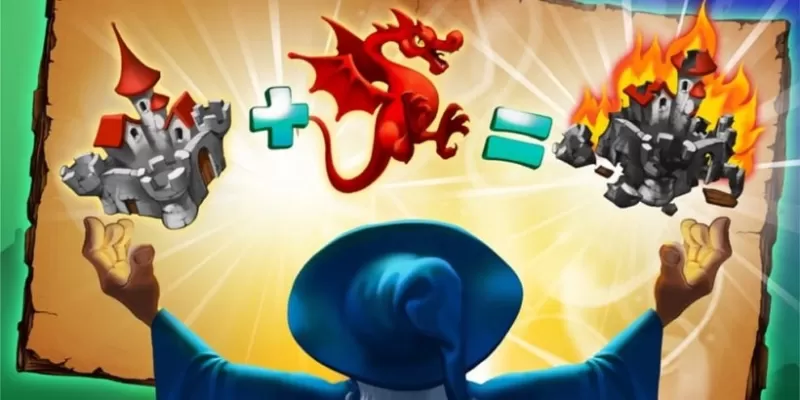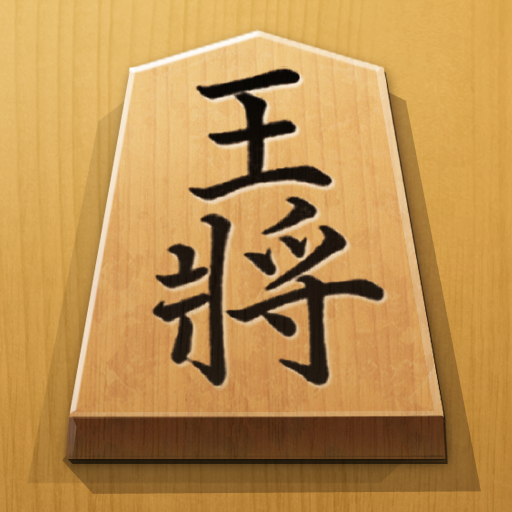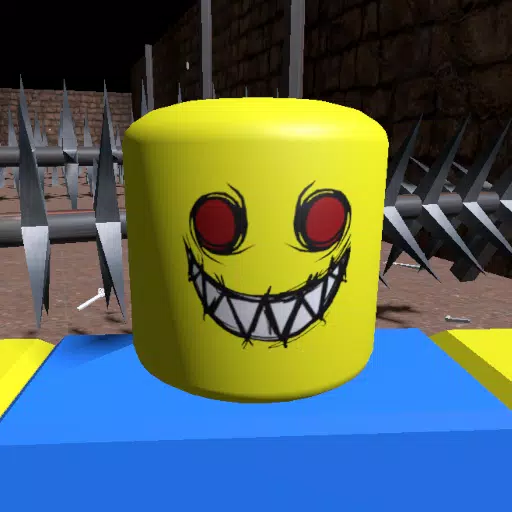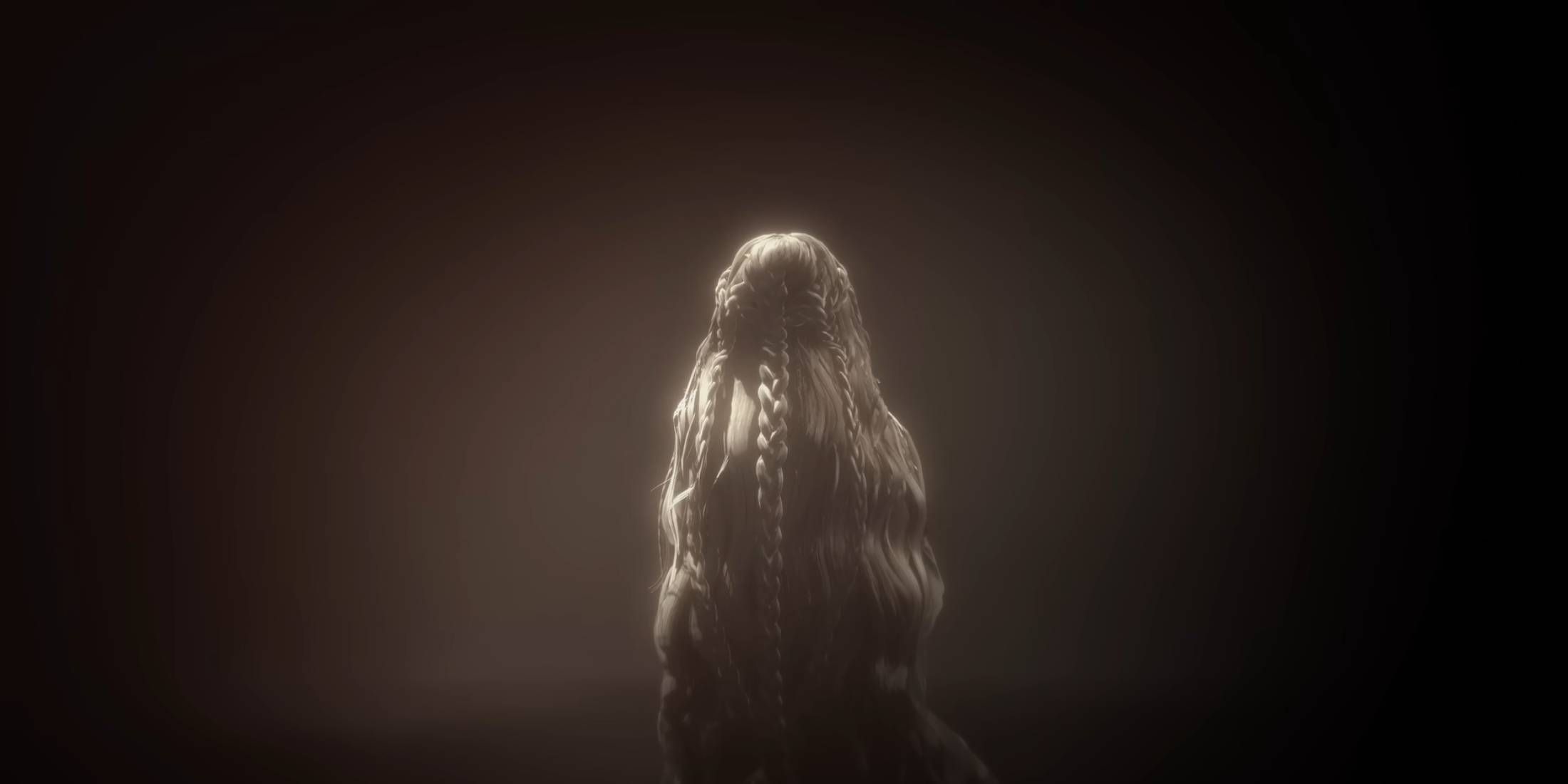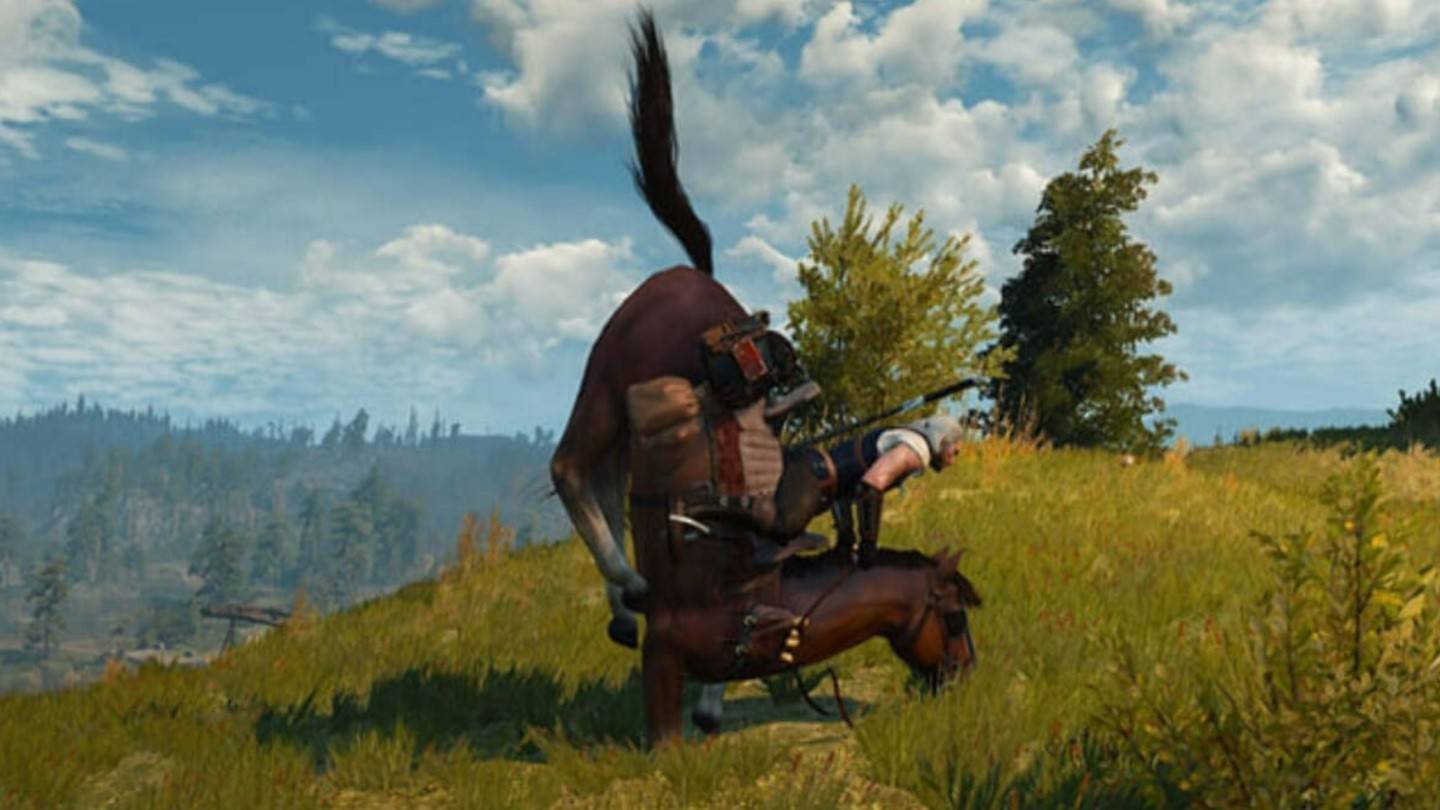Imagine a chess game that melds the epic narrative of the Three Kingdoms with diverse gameplay modes, allowing players to conquer all levels, challenge legendary heroes, and master the intricacies of chess endgames. Xiangqi, a traditional Chinese chess variant, is a strategic two-player game with a rich history. Due to its simple yet engaging nature, it has become a beloved pastime across the globe.
Chess Pieces
Xiangqi features 32 pieces, split into two teams: red and black, each comprising 16 pieces. These are categorized into seven types, with the following composition:
- Red Pieces: 1 General (Shuai), 2 Chariots (Ju), 2 Horses (Ma), 2 Cannons (Pao), 2 Advisors (Shi), 2 Elephants (Xiang), and 5 Soldiers (Bing).
- Black Pieces: 1 General (Jiang), 2 Chariots (Ju), 2 Horses (Ma), 2 Cannons (Pao), 2 Advisors (Shi), 2 Elephants (Xiang), and 5 Soldiers (Zu).
Piece Movements
General/Shuai/Jiang: The red side's leader is called "Shuai" while the black side's is "Jiang". Both can only move within the "palace" (nine houses), moving one square at a time horizontally or vertically. They cannot face each other directly along the same file without a piece in between, as this results in an immediate loss for the player whose turn it is.
Advisor/Shi: The red side uses "Shi" and the black side "Shi". They can move diagonally within the palace, one square at a time.
Elephant/Xiang: Known as "Xiang" for red and "Xiang" for black, they move diagonally two squares, referred to as "flying over the field". Their movement is restricted to their own half of the board and cannot cross the river. If a piece blocks the center of their path, they cannot move, known as "blocking the elephant's eye".
Chariot/Ju: The most powerful piece, the Chariot can move any number of squares along ranks or files, as long as no piece blocks its path. This is known as "driving straight". A Chariot can control up to 17 points, earning the nickname "one Chariot is worth ten pieces".
Cannon/Pao: Similar to the Chariot when not capturing, the Cannon moves any number of squares along ranks or files. To capture, it must jump over exactly one piece, friend or foe, termed "firing over a screen" or "cannonading over the mountain".
Horse/Ma: The Horse moves in an "L" shape, one square in one direction and then one square diagonally, known as "the Horse moves like a knight". It can reach up to eight points, referred to as "majestic on eight sides". If a piece blocks the Horse's initial move, it cannot proceed, known as "hobbling the Horse's legs".
Soldier/Bing/Zu: The red "Bing" and black "Zu" can only move forward one square before crossing the river, and cannot move sideways. After crossing, they gain the ability to move one square horizontally, significantly enhancing their power, hence the phrase "a small pawn can topple a Chariot after crossing the river".
Players take turns moving their pieces, embodying the ancient Sun Tzu's principle of "subduing the enemy without fighting" and aiming to "checkmate" or "trap" the opponent's General. The red side starts first, and the game continues until a victory, defeat, or draw is achieved. Through the complex dynamics of attack and defense, players enhance their strategic thinking and tactical skills.
Screenshot
